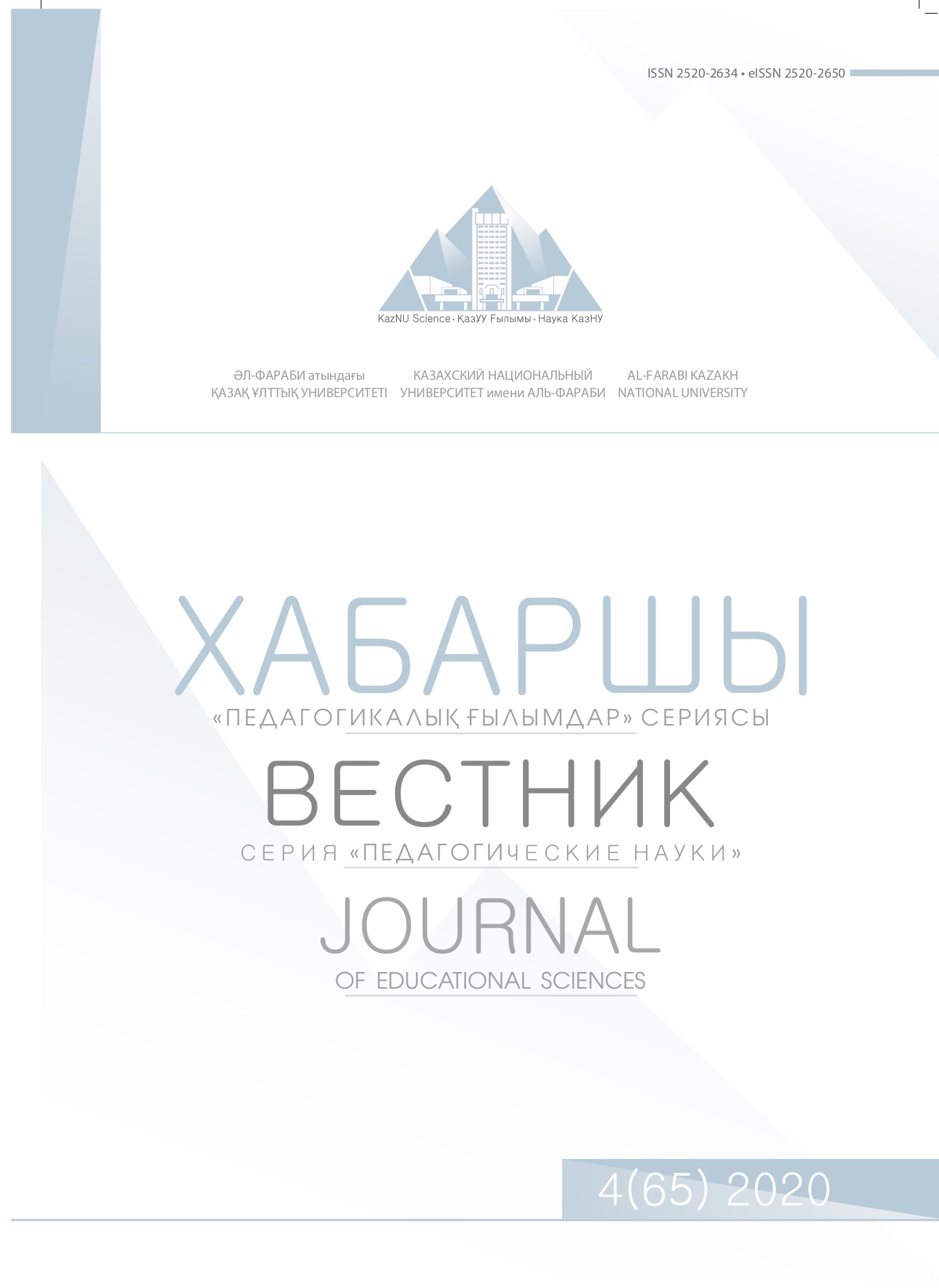Implementation of CLIL Technology in Biological Education Programs
DOI:
https://doi.org/10.26577/JES.2020.v65.i4.03Abstract
In the Republic of Kazakhstan Content and Language Integrated Learning is used to implement mul- tilingual education according to the Roadmap for the trilingual education development for 2015-2020. CLIL has a number of factors influencing the application and further development of technology in the chosen cycle of disciplines, the training form or in higher education as a whole. The object of close attention both in the world and Kazakhstan practice is the factors contributing or inhibiting the imple- mentation of content and language integrated learning and the process of implementing this training. Based on the biological educational programs of Sarsen Amanzholov East Kazakhstan State University, a study was conducted aimed at studying these factors, identifying the positive and negative sides of the applied training and establishing the causes of difficulties encountered in the learning process. The study used questionnaire survey. The respondents were participants in subject-language integrated train- ing – teachers and students of English groups. The current state of implementation was established and recommendations for improving content and language integrated learning were presented. The obtained data showed that the technology can be considered as a tool for further implementation of this training and improving its quality.
Key words: Content and Language Integrated Learning (CLIL), CLIL factors, CLIL implementation, questionnaire.







